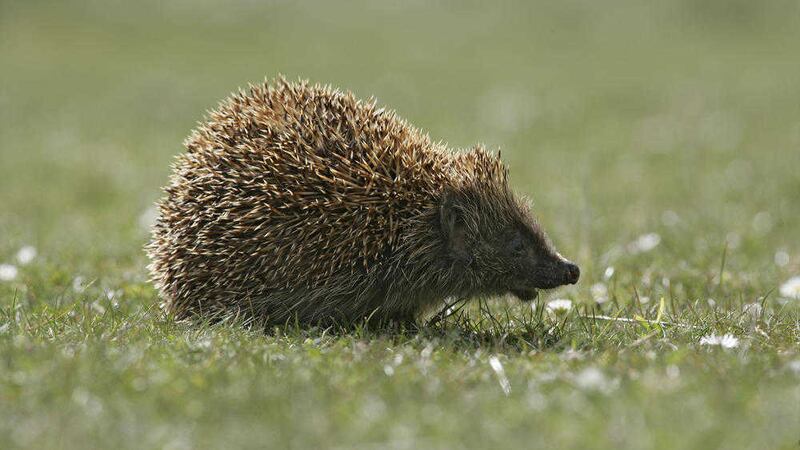HEDGEHOG populations are in trouble, having declined by 30 per cent in the past 10 years alone. There are now thought to be fewer than a million left in Britain and Northern Ireland, according to the Royal Horticultural Society.
This year, the RHS and The Wildlife Trusts are teaming up with the campaign Hedgehog Street to encourage people to make our gardens, schools and community spaces hedgehog-friendly.
"Improving your gardens for invertebrate groups will encourage hedgehogs into the garden, as insects, slugs, snails and earthworms are the hedgehog's natural food source," says Helen Bostock of the RHS.
Hedgehogs are not herbivores, so will not feast on leaves, flowers or other plant matter, but they will feed on the pollinating insects and other species which are attracted to particular plants.
As well as feeding on slugs and snails, hedgehogs also eat groups of beetles, caterpillars, earthworms and even birds' eggs, as well as meat-based dog and cat food, or dry hedgehog food available from garden centres and online.
Bear in mind that hedgehogs only have short legs and don't do well on steep inclines,.
"Remove potential hazards. Any steep sides on ponds can lead to hedgehogs drowning. Create a gentle ramp to allow them easy access in and out of the water.
"Check bonfire piles before you light them, as hedgehogs may be hiding underneath them and be careful when strimming long grass, where they may be found. Also, don't leave litter or items like fruit cage netting loose for hedgehogs to get caught up in. Open drains and trenches can also cause problems."
Wild About Gardens Week will also be encouraging people to create 13cm x 13cm hedgehog holes in fences, walls and other barriers to allow these creatures to access different gardens for food and shelter.
"Solid boundaries are problematic for hedgehogs," says Bostock. "Adults travel between 1-2km per night and need that space to forage."
Gardeners should not cut everything back as soon as late autumn arrives, she says. Leave some stems standing to provide effective cover and if you want to buy or make hedgehog shelters, make sure they are sturdy and that their holes are big enough for access, and place them in a quiet spot with natural cover such as leaves, so that rain doesn't flood the shelter.








